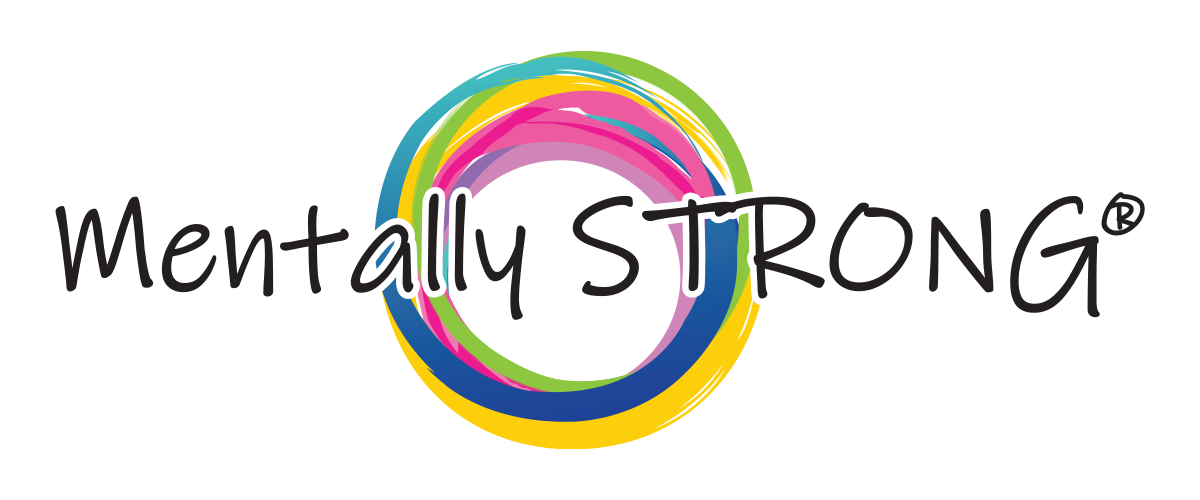Grief is Pain. That’s a truth I want to emphasize. Anyone who claims otherwise, I challenge them. In my own experience of grieving, I delved into various grief theories, and what I discovered left me with a feeling that these theories failed to understand the depth of my pain, especially the agony of losing a child. The typical stages of grief, like acknowledging grief, denial, anger, depression, and acceptance, felt insufficient to describe the pain that comes with such a loss.
Finding Purpose in Pain
I am deeply committed to turning my pain into a source of purpose. My personal journey through grief has been marked by the loss of three children over 17 years. When Johnny passed away, my immediate reaction, like many mothers, was to focus on protecting his siblings. I didn’t internalize my grief; instead, I applied my knowledge as a psychiatric nurse practitioner, leaning on grief theories that emphasized acknowledging grief and eventually reaching acceptance.
The Unbearable Pain of Loss
But when Reggie, my second child, passed away, the pain became overwhelming. I realized that professional grief theories couldn’t fully capture my experience. It was clear that this was not a normal process. Then, on December 14th, 2021, I lost Miah, my other biological child. In this darkest hour, I knew I had to keep moving forward. I had to find a purpose in my pain. This journey led me to create a grief workbook.
Exploring Grief Theories
During my research, I explored various grief theories. Three, in particular, resonated deeply with me:
- Grief and Attachment Theory: Grief and Attachment theory struck a chord with me. It made me realize that the intensity of my grief was directly tied to the attachment I had with my children. The bond between a parent and child is one of the most profound attachments one can experience. When that bond is severed, it feels like torture.
- Continuing Bonds Theory: Continuing Bonds theory provided insights into maintaining a spiritual and eternal connection with my children. I had to confront spiritual conflicts and question some teachings that I had held onto. This theory gave me hope that I could maintain a real, enduring connection with my children even after their passing.
- The Dual Process Model of Grief: I also explored the Dual Process Model of Grief, which views grief as a complex, non-linear process. It encouraged me to examine my triggers and accept that while I may never fully come to terms with my children’s deaths, I can accept that the pain is a part of my reality.
Moving Forward: Turning Pain into Purpose
- Commit to the Grieving Process: Understand that it’s a lengthy and painful journey, and the pain may not completely go away, but committing to the process is the first step.
- Continue Self-Discovery: Keep learning about yourself and explore what methods work best for you in your grief journey.
- Plan for the Future: Even in the midst of intense pain, make plans for your future. We can find mental strength and navigate this challenging path together.
Remember, you’re not alone in your grief. Together, we can find a way to transform pain into purpose.

